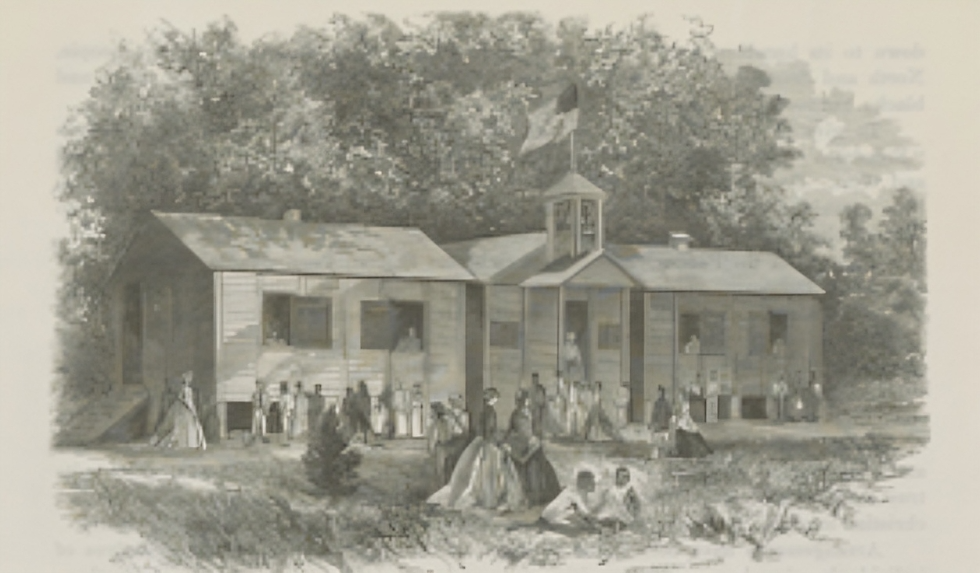
The period following the Civil War, 1865–1877, is called the Reconstruction Era. One of the first acts of Congress during Reconstruction was to establish the Freedmen’s Bureau on March 3, 1865. The bureau’s work involved issuing food, clothing, and fuel to the destitute; providing help for people searching for missing family members; operating hospitals and homes; supervising labor contracts; officializing marriages between formerly enslaved people; and ensuring freedmen’s rights. The bureau helped missionary societies in the North establish schools for former slaves. The bureau ceased most operations in 1868 and was abolished in 1872.
The broadside you’re referring to, “Education among the Freedmen,” from around 1866–1870, is a historical document that reflects the early efforts to provide education to formerly enslaved people in the United States during the Reconstruction era. This period followed the Civil War and was marked by significant social, political, and economic changes, particularly for African Americans.
The broadside would likely highlight various initiatives and challenges related to educating freedmen, who were newly granted freedom but faced numerous obstacles. Key points often covered in such documents include:
- Founding of Schools: The establishment of schools for freedmen was a major focus. This period saw the creation of many educational institutions aimed at providing literacy and vocational skills. Organizations like the Freedmen’s Bureau and various missionary and philanthropic groups played crucial roles in setting up schools and funding education.
- Curriculum and Instruction: Education efforts often focused on basic literacy and numeracy, but there were also programs aimed at vocational training and higher education. The curriculum was designed to help freedmen integrate into society and become self-sufficient.
- Challenges Faced: The broadside would likely address the significant challenges faced in educating freedmen, such as lack of resources, resistance from certain segments of society, and the logistical difficulties of setting up schools in rural and impoverished areas.
- Successes and Impact: Despite the challenges, there were notable successes in educating freedmen. Many African Americans took advantage of these educational opportunities, which contributed to the development of a more educated and skilled population.
- Government and Private Support: The document might also discuss the role of both federal and private support in these educational efforts. For example, the Freedmen’s Bureau provided crucial assistance, and many Northern philanthropists supported the cause.
Overall, such a broadside would serve as a historical record of the early efforts to educate freedmen, reflecting the broader societal changes and the importance of education in the post-Civil War era.